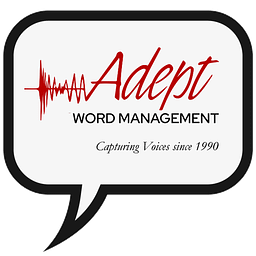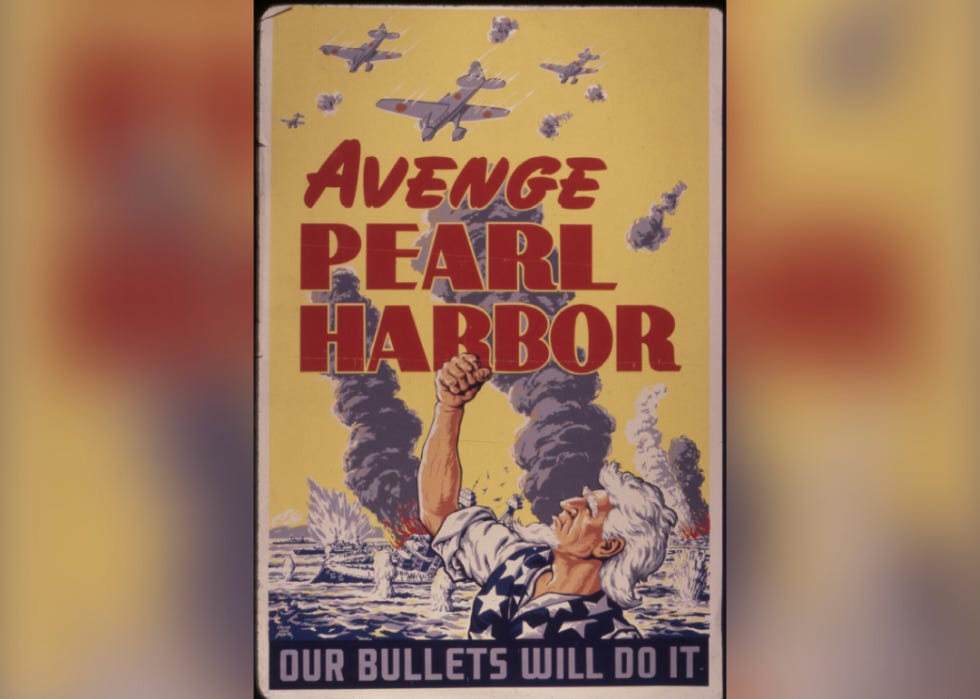Like every month, the Chicago Manual of Style, our style guide of reference, publishes new questions and answers to clarify gray areas, expand explanations, or address topics that are not addressed by the CMOS. Here are January’s Q&As!
New Questions and Answers
Q. Should we apply headline-style capitalization to band names and other proper names containing prepositions? Is it Rage against the Machine or Rage Against the Machine, for example? Thank you!
A. Good question! Normally, yes, the capitalization rules for titles of books and other works (as described in CMOS 8.159) would apply equally to other capitalized names, including names of organizations and musical groups.
Accordingly, articles (a, an, the), common coordinating conjunctions (and, but, for, or, nor), and prepositions (of, for, with, etc.) would all be lowercased in the middle of a name. For example, the National Institutes of Health, Sly and the Family Stone—and Rage against the Machine.
But we’d allow an exception in that last case. Against may be a preposition, but it’s just as long as Machine, putting lowercase at odds with the rest of the name. And the sources that have written about that band would have tended to follow some variation of AP style (the main US style for journalists), which capitalizes prepositions of four letters or more. “Rage Against the Machine” is therefore more likely than “Rage against the Machine” to look right—at least to anyone who hasn’t just edited a forty-five-page bibliography to conform to Chicago style.
Q. What is the stance of CMOS on single-letter abbreviations for days of the week? In US higher education, the single-letter abbreviations (M, T, W, R, F, S, U) are ubiquitous, though I find no mention of these abbreviations being codified (ISO uses numbers). In prose, I often find myself using these abbreviations in lists of upcoming deadlines.
A. CMOS doesn’t cover those single-letter abbreviations, but we’d consider them to be a convenient shorthand. In the same way, “1/5” can be a handy way of writing January 5.
But because the meaning of “U” and “R” especially may not be clear, and because “1/5” means May 1 for many readers, we don’t recommend either of those forms in formal writing. Where brevity is the main consideration, our preference would be for Su, M, Tu, W, Th, F, and Sa. For those options and two others, see CMOS 10.40. For all-numeral dates, see CMOS 9.35.
Q. Sorry if I’ve overlooked a CMOS (or Q&A) answer to this question. I’m reviewing an organization’s bylaws, which contain several instances of a number spelled out followed by the number as a numeral in parentheses: e.g., “two (2).” I think parenthetical numerals are pointless redundancies. Does CMOS have a rule or preference related to this?
A. CMOS doesn’t cover this, but we agree with you, as does legal scholar and grammarian Bryan Garner: “The repetition of numbers by spelling them out and then using numerals typifies legalese and should never be used outside legal drafting. . . . Even in modern legal documents it’s largely uncalled for—the convention harks back to the days of legal scribes, who doubled words and numerals to prevent fraudulent alterations (words controlled over numerals).” See Garner’s Modern English Usage (Oxford, 2022), under “Numerals (G).”
Garner’s parenthetical observation that “words controlled over numerals” is interesting. In “two (3),” for example, the mistake would almost certainly be with the 3 and not the two (it’s easy to press a 1 or a 3 when a 2 is intended). That parenthetical numeral is subject not only to “fraudulent alterations” but to typos.
Q. I recently wrote a book where some headings listed tasks and challenges. For example, “Task 1, Learn as Much as You Can about the Disease” and “Challenge 1, Adopt a New Attitude.” Someone told me the punctuation was wrong and the commas should have been colons. I think that either commas or colons are correct. Am I right?
A. You are right—either mark is correct, but a colon isn’t the only alternative to a comma:
Task 1: Learn as Much as You Can . . .
Task 1. Learn as Much as You Can . . .
Task 1—Learn as Much as You Can . . .
Task 1, Learn as Much as You Can . . .
Those examples are listed in descending order of effectiveness. A comma would be most appropriate as sentence punctuation (and we’re styling task numbers like page numbers here; see CMOS 9.26):
Now let’s turn to task 1, “Learn as Much as You Can . . .”
In a heading or a list, either a colon, a period, or a dash—each of which creates a stronger break than a comma—would work a little better at making it clear that “Task 1” is an enumerator and not part of the enumerated item. So you’re not wrong, but your challenger isn’t entirely wrong either.
Q. I’m having trouble explaining to my organization why “the internet” is now lowercase “i.” We do follow CMOS style, but the Internet Society and some others are insisting otherwise. Can I get an explanation that I can use? Not seeing any in the manual.
A. An explanation is beyond the scope of CMOS, but here’s a summary: In ordinary usage, internet with a lowercase i has been common since at least the introduction of the iPod (in 2001; note that lowercase i). And because ordinary usage tends to determine how tech-related neologisms are styled, many guides now prefer lowercase internet—including not only CMOS but also the latest from Microsoft and Apple (computer tech), AP (journalism), APA (psychology), and AMA (medicine).
Meanwhile, documents published by W3C and related organizations that develop or maintain the standards that determine how it all works still tend to refer to the Internet when they mean the worldwide network of computers (but internet when referring to any interconnected network). And as recently as 2019, Internet was still more common in published books than internet—though the trend toward lowercase is clear.
So the usage preferred by specialists may be less common than it once was, but it’s far from defunct. And according to CMOS 7.2, any discipline-specific preference (which would extend to capitalization) should be respected.
All of which is to say that if you’re editing for the Internet Society, which is in the same league as W3C, then you should accept the capital I. For most other types of organizations, common usage will likely be the better choice.
Q. Hello. In a book for publication in the US, we are citing a British-published book with single quotes in the title: Julie Hankey, A Passion for Egypt: Arthur Weigall, Tutankhamun and the ‘Curse of the Pharaohs.’ Do we change them to double quotes, per US usage? My instinct is to leave it alone, but I want to follow CMOS guidance.
A. CMOS considers the form of quotation marks, whether double or single, to be an arbitrary decision that’s subject to being adjusted to conform to the style in the surrounding text. We’d accordingly change the quotation marks in the Hankey title from single to double to match the usage in a document that follows Chicago (or US) style.
We’d similarly adjust quotation marks in a direct quotation—for example, from single to double in a block quotation of a passage that includes single quotation marks or from double to single in a passage that includes double quotation marks that are themselves quoted with the use of double marks. Such adjustments are at the top of the list of permissible changes at CMOS 13.7. Much of that list would apply to titles of works (but see CMOS 14.88).
We’ll try to clarify this in a future edition of CMOS.
Q. Hello! How does one cite a pamphlet included with a DVD? The pamphlet contains a short essay which has an author but no title. Thank you!
A. Let’s say your text says something like this: “In a booklet accompanying the twenty-fifth-anniversary DVD of Name of Film, So-and-So wrote . . .” Then you would cite the DVD (see CMOS 14.265 for examples).
But because you’ve already mentioned the booklet (the usual word for such an insert) in the text, there’s no need to add it to a citation in a note. If that’s not the case, you can add the word “booklet” to the end of the note. It could also be added to any bibliography entry for the DVD (e.g., “Accompanied by a booklet with an essay by So-and-So”).


